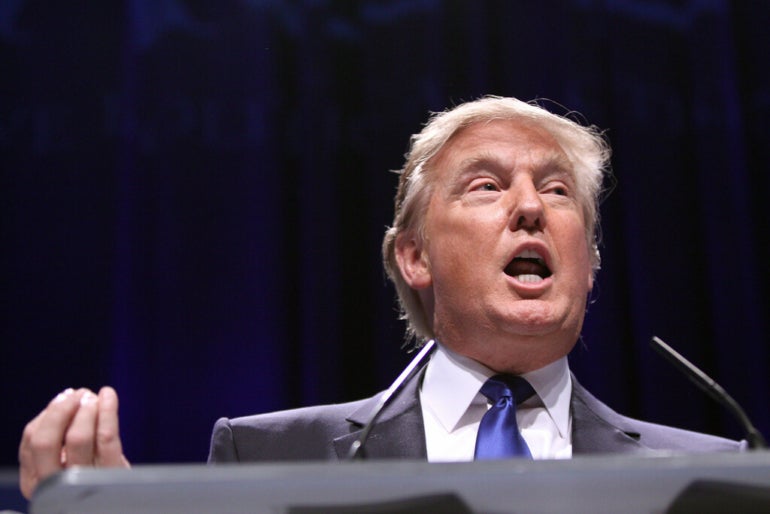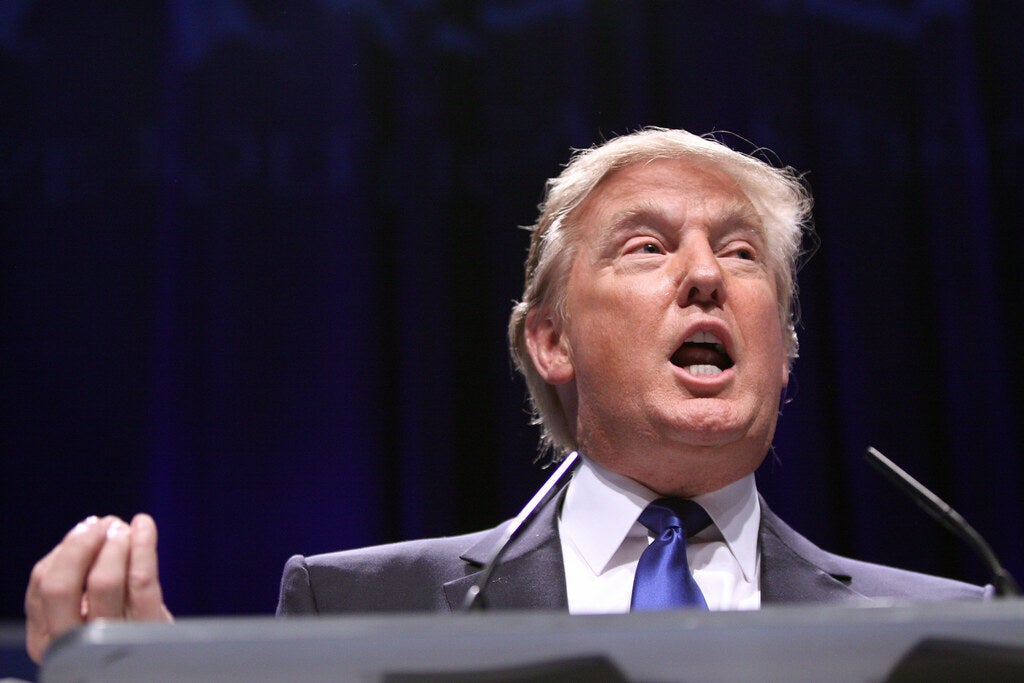
U.S. President Donald Trump has announced a new 10% baseline tariff on all imports to the U.S., taking effect on April 5. He is also imposing additional “reciprocal” levies on approximately 60 countries that represent the largest contributors to the U.S. trade deficit — a move that significantly impacts tech prices. These include:
46% tariff on goods from Vietnam.
32% tariff on goods from Taipei and Taiwan.
26% tariff on goods from India.
25% tariff on goods from South Korea.
24% tariff on goods from Japan.
20% tariff on goods from the E.U.
China faces a 34% reciprocal tariff, in addition to the 20% tariff already in place. These percentages were calculated to generate revenue equal to the trade deficit with each country and then halved. The reciprocal tariffs will come into effect on April 9.
Trump says that trade deficits — in which the U.S. spends more on imports from these nations than it earns through exports — are the result of higher foreign tariffs, non-tariff barriers, and economic policies abroad that depress wages and limit domestic consumption. Tariffs have also been applied to countries with low tariff rates but high trade surpluses with the U.S. like the U.K. and Australia.
The president managed to pass them without congressional approval, declaring a national emergency and claiming that persistent trade imbalances undermine national security by weakening U.S. manufacturing and exposing supply chains to foreign dependence.
SEE: Trump’s Import Tariffs: How They’ll Shake Prices, Jobs, and Trade
Separately, Trump has revoked tariff exemptions on Chinese imports valued at $800 or less and intends to extend this policy to other countries with comparable exemptions. Canada and Mexico will not face higher rates than what they were given in February, and goods compliant with the United States–Mexico–Canada Agreement (USMCA), including auto parts from Canada and Mexico, remain exempt.
In response, the U.K. has reportedly offered major U.S. tech firms reductions to its digital services tax in exchange for relief from new trade barriers, according to The Guardian. Meanwhile, European Commission President Ursula von der Leyen said that the EU is “prepared to respond” with countermeasures and that it “holds a lot of cards, from trade to technology to the size of our market,” via The Associated Press.
How will these tariffs affect you?
While these tariffs were brought to restore economic fairness, boost manufacturing, and create more jobs in the U.S., they are also expected to trigger price increases in tech products. According to CNBC, after Trump’s announcement on April 1, NVIDIA’s stock fell by 5%, while Apple and Amazon fell by 6%. This is due to fears that their operational costs will rise and supply chains, which rely heavily on overseas manufacturing and imports, will be disrupted.
U.S. chipmaker NVIDIA should be somewhat shielded from the impact due to Trump’s exemption on semiconductors, sparing it from the 32% tariff on chips manufactured in Taiwan by TSMC. However, it remains unclear whether the semiconductor exemption will also cover the 10% baseline tariff on all imports.
Apple products, mostly manufactured in China, India, and Vietnam, are likely to become more expensive as the company passes increased import costs on o U.S. consumers. Amazon might do the same, as a high proportion of the goods listed on its marketplace are from Chinese sellers. The e-commerce giant will especially be impacted by the removal of the tax exemption on products under $800.
The U.S. relies on China and Taiwan for approximately 80% of its foundry capacity for 20 to 45nm chips and about 70% for 50 to 180nm chips. Tech firms may attempt to shift sourcing to reciprocal tariff-free countries, but many will pass the additional costs to consumers instead.
First tariffs were set in February
These new tariffs come after those imposed in February — 25% on all imports from Canada and Mexico except energy resources and minerals, 20% on Chinese goods, and 25% on European Union tech components like semiconductors. With 80% of U.S. foundry capacity for key semiconductor sizes currently reliant on China and Taiwan, experts predicted ripple effects across the entire tech sector, impacting everything from smartphones and cloud services to AI infrastructure.
At the time, Gil Luria, head of technology research at D.A. Davidson, told Bloomberg that part of the reason Trump is implementing tariffs on goods from the E.U. is in retaliation for the region “making a habit” of fining major U.S. companies, such as Apple, Google, and Meta, for “whatever behavior they choose to penalize.” He added that the E.U. may become “combative” in response, and the level to which it does will determine the scale of the tariffs’ impact on the big tech players.
SEE: Were the White House’s Tariffs Calculations Done By AI?
Data centers and AI infrastructure face higher costs
The expanded tariffs on aluminium and steel from February are predicted to sting data center companies, as these materials are essential for server racks, cooling systems, and other infrastructure, driving up construction and equipment costs.
The additional expenditure and potential supply chain disruption may be reflected in cloud storage prices from companies like AWS, Google Cloud, and Microsoft Azure, as well as SaaS and AI companies that utilise large-scale data processing. It could also delay plans to build new data centers that companies have earmarked to meet the growing demand for AI.
Nevertheless, the stated intention is to reduce dependence on foreign adversaries. While this may result in higher prices for consumers in the short term, it could also drive investment in domestic industries and boost supply chain resilience.
SEE: Microsoft to Invest $80 Billion in AI Data Centers in Fiscal 2025
Tech companies ramp up U.S. manufacturing
Even prior to the tariffs, many companies have been announcing plans to build new facilities within the U.S., which is a trend likely to continue. In March, TSMC pledged to expand its spend on building data centers in the U.S. to $160 billion, which it deems the “largest single foreign direct investment in U.S. history.”
In February, Apple announced it will spend $500 billion on manufacturing and research in the U.S. over the next four years. In January, the Stargate project was launched, which saw companies including SoftBank, OpenAI, and Oracle dedicate $500 billion to generative AI infrastructure in the U.S., including data centers.
In the press conference for the TSMC investment, Trump added that there are still “many (more companies) that want to announce” construction projects stateside. Such companies could absorb the business of foreign competitors in the chip, cloud, and other hardware markets.

